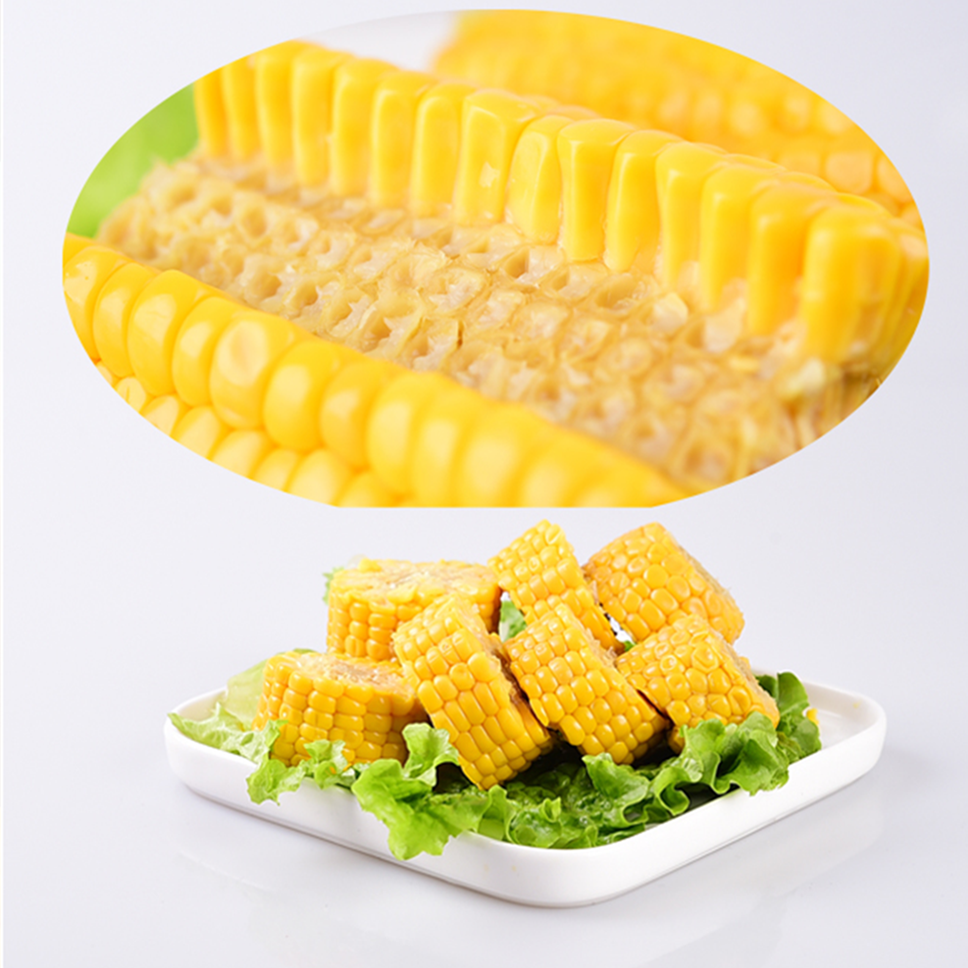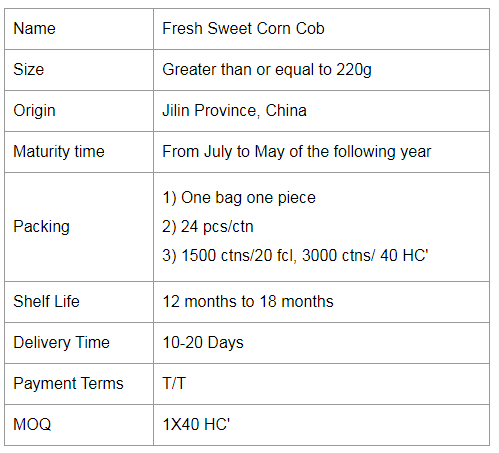Affordable Farmhouse Fertilizer Making Method
The sources of farmyard manure materials are extensive, and farmers can prepare them through existing conditions. It can be described as an economical and affordable fertilizer. The farmyard fertilizers are made from their own raw materials, which not only saves the cost of planting land, but also prevents the waste of resources. In addition, the treatment of domestic garbage also makes the environment protected. There are many types of farmyard fertilizers, such as compost, green manure, and manure, and most farm manures are organic fertilizers. In addition, if the farmyard fertilizers are added to the process of self-manufacturing, the nutritive substance contained in the nutritive material will be more comprehensive and comprehensive. The nitrogen, phosphorus, potassium, calcium, magnesium, iron, and trace elements required for plant growth and the probiotics that improve the microenvironment of the plant's roots are all there. The conventional farmyard fertilizer production method is as follows:
1. Quick composting method for waste: Uniformity of human and animal manure (such as chicken manure, cow dung), domestic waste (such as rotten leaf, poultry internal organs, chicken bone fish thorns, meat waste, etc.) and Golden Baby Type I fertilizer starter Mix (2 tons of garbage can be used with 1 kg of Kinpo starter), and add water to the mixture so that the humidity reaches about 60%. It is piled up as 1.5-2 meters high, 2 meters wide and 2-4 meters long. During the fermentation process, the fermentation is ensured by turning over 2-3 times, and the fertilizer can be fermented after 7-10 days. Fermentation materials can also be completed by using straw alone, etc. The operation of the straw needs to be carried out in advance to a small section with a length of less than 5 centimeters, and a relatively air-permeable place is selected for stacking. The method for producing the fertilizer is the same as above.2. Manure (1) Quick manure: About 1 ton of livestock manure plus 500 kilograms of crop stalks are mixed well and piled together. After being covered with plastic film for 20 days, it can be used after maturity. (2) Long-term fattening methods: Stack raw materials such as corn stalks, wheat straw, etc. into piles. Wet it with water and pour the human and animal dung on top to promote slow fermentation. One month later, the color of the material turns gray, and the internal temperature can reach 40°C. At this point, the stack is turned once and the outer layer is turned inside. After the temperature rises in the spring, it is turned again until the color of fertilizer becomes black, the texture is bad and loose, and it can be used as a fertilizer. The above method can not completely ferment the fertilizer produced, it is easy to cause burned roots and sprouting phenomenon, it is recommended that the majority of friends try not to use such a method, to prevent the loss of unnecessary 3. The farmland surface fertilizer homemade method first prepared for fermentation required The cement tank or vat, weighing the soybean flour for fermentation, and measuring its water content, the general water content is 12%. According to the ratio of 1:100, that is, 100 kg of soybean powder, mix 1 kg of golden babe amino acid foliar fertilizer and inoculate evenly. Adding sweet and sour water to the soy flour after inoculation, the moisture content of the soy flour material was adjusted to 55-60%. The soy flour material that will adjust the moisture content will naturally be left for 12 hours. This process may be called "settling bacteria." Transfer the naturally placed material to be fermented to the cement pool or large cylinder for accumulation and fermentation. To ensure ventilation, the stacking thickness is generally not more than 50 Å. After the stacking is completed, it is used for dilution and dilution. Self-made farmyard manure is a simple and easy method, especially the use of microbial starter that has risen in recent years has made the nutritional value of self-made organic manufactory more attractive. Fertilizer developer Beijing Huaxia Kangyuan Technology Co., Ltd. provides farmers with detailed farmhouse organic fertilizer self-making technology. Details can be consulted: Beijing Huaxia Kangyuan Technology Co., Ltd. telephone toll-free hotline
Recommended reading:
The Benefits of Fermenting Fertilizer Fermenting Organic Fertilizer Sludge Fermenting Treatment Organic Fertilizer Reuse Technology
Sweet corn. The light green outer leaves of sweet corn are yellow grains, but also purple and yellow. The grains are small and round, the skin is thin and soft, tender, sweet and delicious.Contains carotene, zeaxanthin, with the effect of eye protection.
Sweet corn is most often boiled into soups. It is a favorite soup for children and adults, whether it is made into a clear corn soup with ribs or pureed with cream.
Corn is also a good choice for consumption during weight loss because of its high available energy. The metabolic energy of corn is 14.06 MJ/kg, with the highest being 15.06 MJ/kg, the highest of the cereal feeds. This is mainly due to the fact that there is very little crude fibre in corn, only 2%, while the nitrogen-free leachate is up to 72% and the digestibility is up to 90%; on the one hand, corn has a high crude fat content, between 3.5% and 4.5%.
So how do you cook a sweet corn?
1. Leave the leaves
If you strip the leaves off, the corn will lose nutrients and flavor when it cooks, so it's best to leave two thin leaves to make it easier to cook and have a nice aroma.
2. Soak
Soak the corn in cold water for 20 to 30 minutes before boiling, then boil it on high heat to give it a bit more chew.
3. Add salt
When the water is boiling, add a little salt to amplify the sweetness of the corn.


Corn Cob,Fresh Corn Cob,Ready Sweet Corn,Single Packed Sweet Corn Cob
Jilin Province Argricultural Sister-in-law Food Co., Ltd. , https://www.nscorn.com